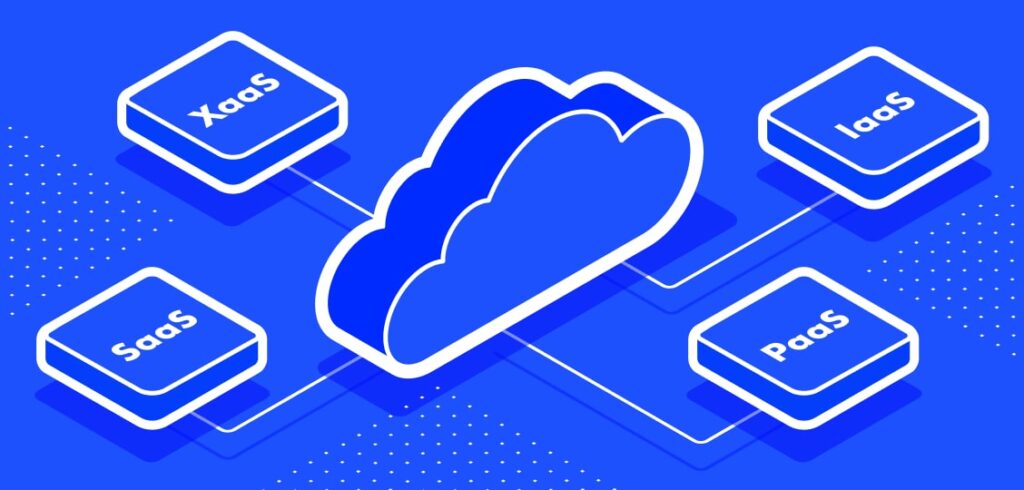
Cloud computing, has revolutionized the way businesses operate, offering scalable and flexible solutions that cater to various needs. To make the most of cloud computing, it’s essential to understand the three primary cloud service models: Infrastructure as a Service (IaaS), Platform as a Service (PaaS), and Software as a Service (SaaS). Each model provides different levels of control, flexibility, and management, making it crucial to choose the right one for your business needs.
Infrastructure as a Service (IaaS)
IaaS is the most basic cloud service model, offering virtualized computing resources over the internet. With IaaS, businesses can rent IT infrastructure such as servers, storage, and networking on a pay-as-you-go basis. This model provides a high level of control over the infrastructure and is ideal for businesses that need flexible and scalable computing resources without investing in physical hardware.
Key Features:
- Scalability: Easily scale up or down based on demand.
- Cost Efficiency: Pay only for the resources you use.
- Control: Full control over the operating systems and applications.
- Flexibility: Suitable for various workloads, including testing, development, and hosting.
Platform as a Service (PaaS)
PaaS provides a platform that allows developers to build, deploy, and manage applications without worrying about the underlying infrastructure. It offers a complete development and deployment environment in the cloud, including tools for coding, testing, and integrating applications. PaaS is ideal for developers who want to focus on coding and innovation rather than managing servers and storage.
Key Features:
- Development Tools: Integrated tools for coding, testing, and deployment.
- Managed Infrastructure: The cloud provider manages servers, storage, and networking.
- Faster Development: Streamlines the development process with pre-built components.
- Collaboration: Enables easy collaboration among development teams.
Software as a Service (SaaS)
SaaS delivers software applications over the internet on a subscription basis. Users can access these applications through web browsers, eliminating the need for installations or maintenance. SaaS is ideal for businesses that want to use software applications without the hassle of managing hardware or software updates.
Key Features:
- Accessibility: Access applications from any device with an internet connection.
- Cost Efficiency: Subscription-based pricing reduces upfront costs.
- Maintenance-Free: The cloud provider handles updates, security, and maintenance.
- Scalability: Easily add or remove users based on business needs.
Choosing the Right Model
The choice between IaaS, PaaS, and SaaS depends on your business requirements:
- IaaS: Choose IaaS if you need full control over your infrastructure and require scalable resources for various workloads.
- PaaS: Opt for PaaS if you want to focus on application development without managing the underlying infrastructure.
- SaaS: Select SaaS if you need ready-to-use applications that are accessible from anywhere without the hassle of maintenance.
About YVOLV
YVOLV, a venture of Alibaba Cloud for the MENA region, is dedicated to providing cutting-edge cloud solutions tailored to your business needs. With expertise in IaaS, PaaS, and SaaS, YVOLV offers comprehensive cloud services that drive innovation and efficiency. Whether you’re looking to scale your infrastructure, streamline application development, or leverage powerful software solutions, YVOLV is here to support your digital transformation journey. Partner with YVOLV to unlock the full potential of cloud computing for your business.
By understanding the different cloud service models and choosing the right one for your needs, you can harness the power of the cloud to achieve greater flexibility, scalability, and efficiency.
